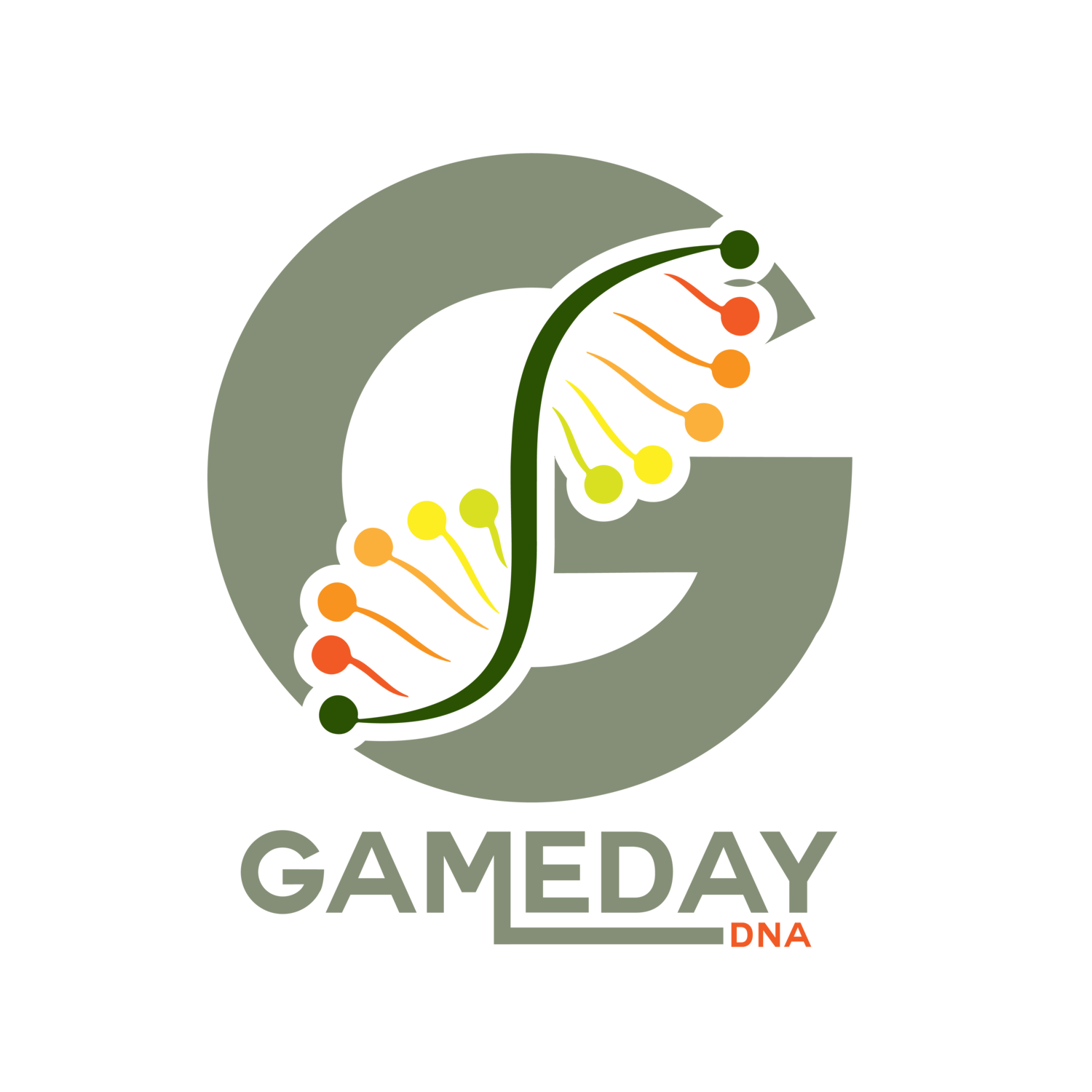5 Essential Tips for Accurate and Stress-Free DNA Paternity Testing
Why Accurate DNA Paternity Testing Matters
DNA paternity testing delivers scientifically-validated answers about biological relationships. Whether you need results for court cases, immigration, child support, or personal certainty, following expert best practices is essential to ensure reliable outcomes. Use these 5 proven tips to simplify your DNA testing journey and maximize accuracy, privacy, and peace of mind.
Tip #1: Choose the Right DNA Paternity Test
Select a paternity test that matches your specific goals.
Legal Paternity Tests: Required if you need results for court, immigration, or government purposes. These tests require witnessed, chain-of-custody sample collection for court-admissible results.
At-Home Paternity Tests: Offer convenience and privacy for personal use, delivering the same accuracy as legal tests but without legal standing.
Choosing the correct test type ensures your results meet all your legal, personal, or informational needs.
Tip #2: Define How You’ll Use the Results
Decide ahead of time if your DNA paternity results are needed for legal actions like custody, child support, or immigration—or only for personal clarity and peace of mind. Legal tests are required for official use, while at-home kits are perfect for confidential answers. Understanding your intended use helps you choose the best testing option and avoids unexpected complications down the line.
Tip #3: Carefully Follow DNA Kit Instructions
For maximum test accuracy, always follow the instructions included with your DNA testing kit step-by-step.
Key actions:
Collect cheek swab samples exactly as directed for every participant involved.
Avoid eating, drinking, or smoking for 30 minutes before the collection.
Seal and label each DNA sample using the provided materials.
Adhering to the guidelines helps prevent contamination or sample errors, ensuring your results are reliable.
Tip #4: Ensure Sample Collection Is Properly Supervised
Supervision is vital for legal paternity tests requiring chain-of-custody. Supervised sample collection guarantees everyone follows proper procedures and builds trust in the process. It also ensures that your test results meet court and agency standards.
Tip #5: Choose a Trustworthy, Accredited DNA Lab
Select a DNA testing provider accredited by respected organizations like the AABB (American Association of Blood Banks). Accreditation means your lab follows industry standards for quality, security, and reliability. This step is crucial for legal results and ensures you get answers you can truly trust.
Key Takeaways: Your Guide to Reliable Paternity Testing
DNA paternity testing can be a simple, stress-free process when you follow best practices. Choosing the right test, carefully following instructions, and using an accredited laboratory will ensure you receive fast, accurate, and legally valid results—whether your needs are personal or for court. Taking these steps provides peace of mind, certainty, and results you can trust.
Frequently Asked Questions About DNA Paternity Testing
What does a DNA paternity test do?
A DNA paternity test compares the genetic markers of an alleged father and child to determine if they are biologically related.
How does the DNA testing process work?
DNA samples—usually cheek swabs—are collected from the child and the alleged father. These samples are analyzed in a lab to compare specific genetic markers for a match.
Are at-home DNA paternity tests accurate and reliable?
Yes. At-home paternity tests using accredited labs offer the same scientific accuracy as legal tests, provided instructions are properly followed.
Why is chain-of-custody documentation important?
Chain-of-custody procedures guarantee that DNA samples are collected, handled, and processed in a way that ensures the results are recognized by courts and other legal authorities.
How soon can I get DNA paternity test results?
Most laboratories provide results within 2–5 business days, though expedited processing options are available if you need answers fast.
Follow us on Instagram and Twitter! If you have questions about paternity tests or other DNA testing services, please contact our Client Support Center at 302-529-1789, Mon-Sunday from 8:00 AM to 9:00 PM Eastern Time. Our friendly, expert representatives are ready and happy to help. Get answers anytime by visiting our Help Center.


